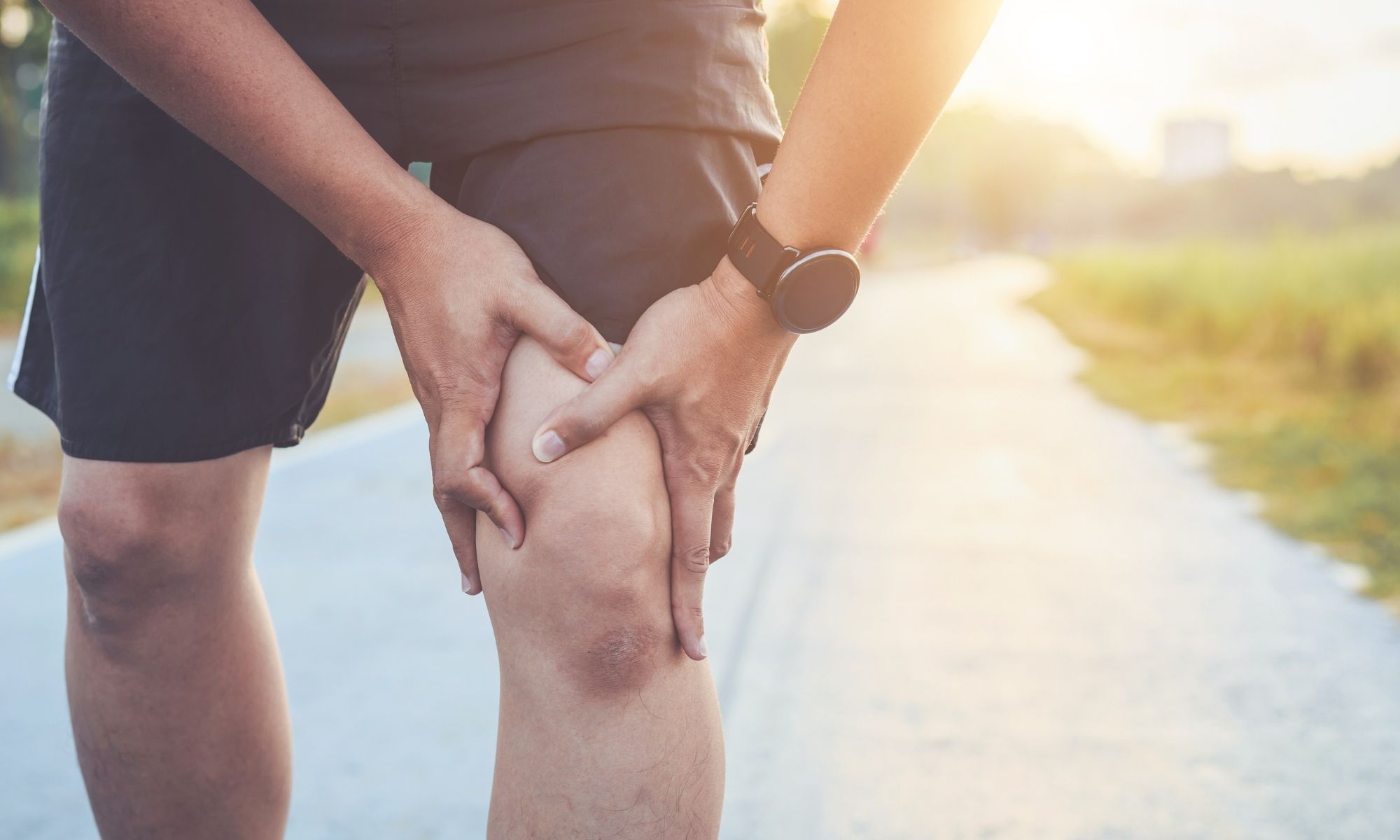
Walking, going up and down stairs, chasing after the kids, and routine housework can make your knees hurt. Learn the five most common causes of knee pain here.
Injury
Knees are susceptible to ligament and tendon tears, cartilage damage, and fractures. A blow to the inner or outer side of the knee can tear ligaments and knock bones out of place. If this happens to you, you’ll know it—the extreme pain will take you to the emergency room, and you may end up in surgery, depending on the severity of the injury.
Arthritis
Different types of arthritis can cause knee pain, the most common being osteoarthritis (“wear and tear” arthritis) and rheumatoid arthritis, an autoimmune inflammatory disorder. With osteoarthritis, the cartilage between the femur (the upper thigh bone) and the tibia (the larger bone on the inside of the leg) deteriorates, causing bone-on-bone friction. Rheumatoid arthritis is a bit more mysterious: it can affect any joint in the body, and it can flare up and fade.
Activity
Kneeling, running, and suddenly changing direction can all affect knee joints. The pain may come from temporary swelling, or it may reveal an underlying problem you hadn’t discovered before. Anytime your knees hurt and the pain persists for more than a day or two, contact your doctor.
Inflammation
Rheumatoid arthritis is a type of inflammation, but other types of inflammation can occur within the knee joint. Bursitis is inflammation or swelling in the little sacs of fluid between your kneecap and skin. But inflammation in the knee can also come from infection, and this is serious. If you have knee pain coupled with a fever or if your knee is red or feels hot, contact a doctor right away. This type of infection can spread to other parts of the body and rise to life-threatening levels.
Mechanical Problems
Dislocation, in which the parts of the knee drift or get knocked out of place, can cause knee pain. If you’re favoring other joints in your body, such as your hips, ankles, or feet, you may change your gait to accommodate, adding stress to your knees. Sometimes, a little chunk of bone or cartilage can even break off and float around inside the joint. This can get stuck in other parts of the joint, interfering with the proper movement of the knee and causing pain. Finally, something called iliotibial band syndrome occurs when the band of tissue that extends from the outside of your hip to the outside of your knee tightens up and rubs against your thighbone. Runners sometimes experience pain from this when running downhill.
Some of these painful conditions get better with rest, which require you to choose the appropriate crutches to take the weight off the knee for a while. Your doctor may prescribe physical therapy or anti-inflammatory medicines. Ligament tears and cartilage loss may require surgery. Talk to your doctor and see an orthopedist who specializes in knees for advice on what to do to regain as much normal movement in your knee as possible.